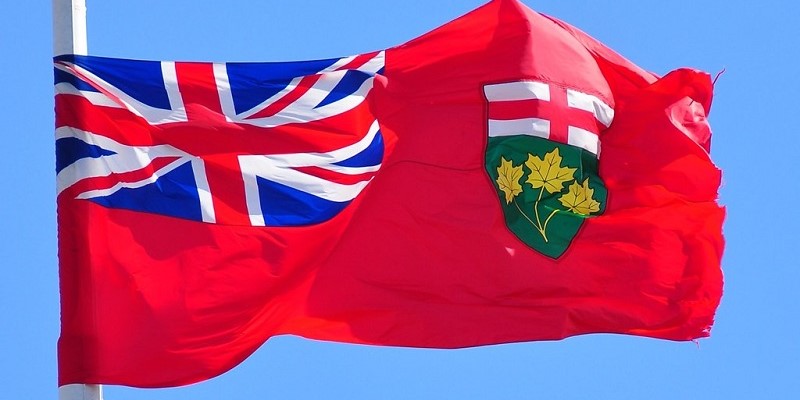Ontario clings to illusion of fiscal sustainability

Since early March, Ontario has unveiled a spate of new spending on a range of projects across the province now totalling nearly $11 billion. Some of these announcements are essentially a form of foregone revenue in the case of the refund and cancellation of vehicle registration fees (approximately $2.2 billion) and the gasoline and fuel tax cut to take effect this summer ($645 billion). But some are substantial infrastructure projects with billions of dollars for hospital and long-term care construction and highway projects.
Naturally, the tendency is to assume that this is part of a pre-election campaign with an election in June. While politics plays a role, despite the ravages of the pandemic, Ontario is undergoing a period of government revenue growth. As a result of federal transfer supports and growing own-source revenues, Ontario has seen its total revenues rise since 2017-18. Based on the Fiscal Reference Tables and the Ontario 2021 Fall Economic Statement, nominal total revenues were $150.594 billion in 2017-18 and reached $164.893 billion in 2020-21. Fiscal year 2021-22 is forecast at $168.617 billion while by 2023-24 the forecast is for revenues of $178 billion.
The average annual rate of growth of total revenues in Ontario between 2017-18 and 2023-24 is estimated at 3.4 per cent. Expenditures over the same period show estimated growth of 4 per cent. Both growth rates are quite close to historical averages since the 1980s and suggest that Ontario does not currently face a revenue problem. If anything, the numbers will likely be revised again in this week’s provincial budget to show higher-than-anticipated revenues and a smaller projected deficit as even the Financial Accountability Office has already noted. For 2021-22, the FAO expects a $16.0 billion budget deficit, lower than the government outlook for a $20.5 billion deficit. By 2023-24, the FAO projects the deficit will decline to $2.8 billion compared to the government outlook of $11.4 billion.
The government is spending more in Ontario partly because the revenue increase may have given it the confidence to do so while allowing for a lower deficit. True, Ontario has accumulated nearly $400 billion in net debt and a net debt-to-GDP ratio of more than 40 per cent. But because of historically low interest rates, the debt service costs of that debt (at 8 per cent of total spending) are historically low. Indeed, they have been much higher in the past with the late 1990s at nearly double that share.
What to make of all this?
Ontario has experienced rapid increases in its net debt-to-GDP ratio—an erosion of fiscal sustainability—followed by periods when the ratio stabilizes and even declines slightly. Indeed, in modern Ontario fiscal history, there have been three waves of rising debt-to-GDP burden—the recession era of the early 1990s, the period following the 2007-08 financial crisis and Great Recession, and the current pandemic. These surges are followed by net debt-to-GDP stabilization, but the overall trend is a rising net debt-to-GDP ratio over a 30-year period. Since 1990, the net debt-to-GDP ratio has grown from 13 per cent to the current 43 per cent.
Ontario essentially has a long-term fiscal sustainability problem that has been interrupted by short-term periods of relative sustainability. Once the net debt-to-GDP ratio stabilizes, any sense of urgency fades and a business-as-usual approach to the budgetary situation resumes. Ontario is about to open such a window once again. If in coming years, the growth rate of the Ontario economy remains above the effective rate of interest on net debt, it will be possible for Ontario to continue its illusion of fiscal sustainability. Illusions however are not a good basis for long-term fiscal policy and can rapidly turn into nightmares.
Author:
Subscribe to the Fraser Institute
Get the latest news from the Fraser Institute on the latest research studies, news and events.

